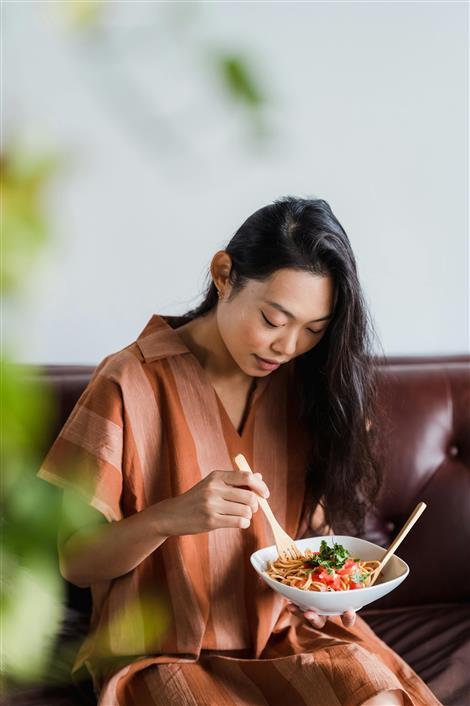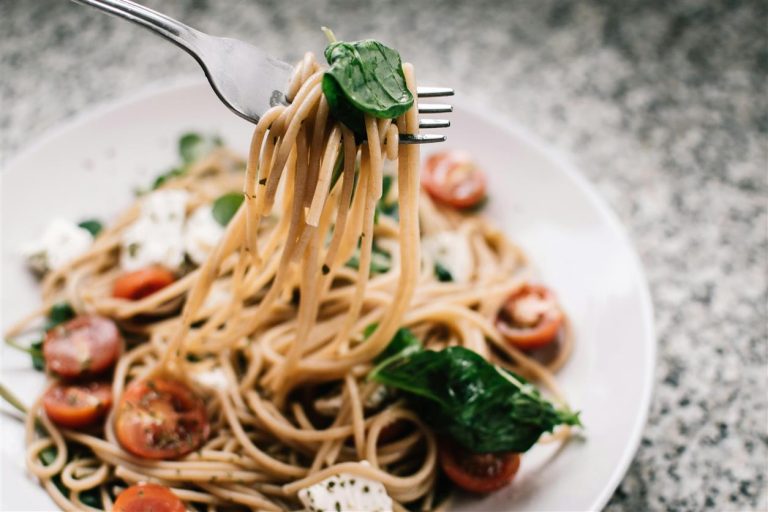
There was a time when eating alone was seen as something to avoid—an experience tinged with loneliness or awkwardness. Restaurants seated solo diners near the kitchen or bar, cookbooks focused on family meals, and grocery packaging catered to households of two or more. But in recent years, solo dining has gained visibility and even status. Whether by choice, circumstance, or changing social norms, people are increasingly eating alone—and the culinary world is responding.
From microwaveable gourmet meals and compact appliances to restaurants tailored for single patrons, a quiet but notable shift is taking place in how we think about food, community, and independence. Single-serve dining is not just a niche trend; it’s a reflection of deeper shifts in demographics, technology, and personal lifestyle.
The Numbers Behind the Table for One
According to census data across several countries, single-person households are on the rise. In cities like Tokyo, Stockholm, and New York, they now account for more than one-third of all homes. This is not merely a statistic—it’s a cultural sea change. More people are living alone, working remotely, and prioritizing flexible routines. And with that independence comes a different relationship to food.
Instead of the traditional model of planning meals for a family, shopping in bulk, and cooking multiple portions, today’s solo diners often need quick, efficient, and portion-appropriate meals. As a result, the food industry—from supermarkets to fine dining—is increasingly catering to individuals, not just families.

From Shame to Celebration: The Evolving Perception of Solo Dining
There’s a psychological dimension to eating alone that has long carried stigma. Dining was historically seen as a social act—a way to gather, bond, or celebrate. Eating alone implied social failure or isolation.
That view is fading.
Social media, ironically, has played a role in normalizing solo dining. From TikTok “dine-alone” challenges to Instagram photos of solitary café moments, eating alone has been reframed as an act of self-care, mindfulness, or freedom. People now share their solo dining experiences as a statement of independence or even luxury.
Restaurants, once hesitant to accommodate single patrons, are adjusting. Some now include bar-style seating, individual booths, or even “anti-social tables” where customers can eat with minimal interaction. In Japan, ramen chain Ichiran has long embraced this concept, offering cubicle-style seating that focuses attention solely on the food. It’s not a gimmick—it’s a considered response to the quiet needs of the solo diner.

The Single-Serve Economy: A New Culinary Market
Food companies have responded swiftly. From pre-chopped vegetables to individually portioned protein packs, grocery stores now stock shelves with items tailored for one. Frozen meal brands once known for bland, calorie-laden TV dinners have rebranded, offering high-quality, chef-inspired entrees that appeal to health-conscious, time-strapped individuals.
Meal delivery services have also carved out a growing customer base among singles. Platforms offer flexible subscriptions, solo-sized portions, and ready-to-eat options with minimal prep or cleanup. Even high-end kitchen appliance makers have noticed: there’s been a rise in compact air fryers, one-cup rice cookers, and other tools designed for minimal waste and effort.
In many ways, single-serve dining is at the center of a broader cultural rethinking of convenience—not as a shortcut, but as a valid lifestyle choice.
The Culinary Shift: Cooking for One as a Skill, Not a Compromise
The idea that good cooking is reserved for groups is quickly becoming outdated. Cooking for one is being redefined as a skill in its own right—balancing flavor, nutrition, and practicality. It requires precision, creativity, and self-awareness.
New cookbooks and YouTube channels focus exclusively on solo recipes, addressing not only portion size but also issues like food storage, leftover fatigue, and ingredient flexibility. These resources aren’t framed as compromise cooking. Instead, they present solo meals as opportunities for self-expression, experimentation, or even ritual.
What used to be the dreaded “sad desk lunch” is being reimagined as a curated personal experience—think bento boxes packed for one, solo charcuterie boards, or artfully arranged salads.
Is Something Lost in Eating Alone?
Despite the positive reframing, some observers worry about what might be lost in the rise of single-serve dining. Shared meals have historically been a glue of family life, a place to exchange stories, resolve tensions, and build relationships. Eating alone too frequently, especially when it becomes unconscious or habitual, can drift into isolation rather than intentional solitude.
There’s also the environmental question: smaller packaging, single-use containers, and individually wrapped portions generate more waste, even as companies explore more eco-friendly alternatives. Balancing convenience with responsibility remains a work in progress.
However, it’s also worth noting that solo dining doesn’t necessarily mean being disconnected. With smartphones and video calls, people can now eat “together” virtually. Some even schedule shared mealtimes via Zoom—remote lunches with colleagues, dinners with long-distance family, or virtual first dates over takeout.
Redefining the Table
Single-serve dining is less about replacing communal meals and more about acknowledging that food culture no longer fits a one-size-fits-all mold. Eating alone can be lonely, yes—but it can also be joyful, empowering, and deeply personal.
In a time when many aspects of life are being customized—from entertainment to exercise to work schedules—it’s no surprise that food, too, is adapting. Whether it’s a microwaved miso soup in a studio apartment or a solo steak dinner at a downtown bistro, the table for one is no longer an afterthought. It’s a reflection of how people live today—on their own terms.
And that might be the most meaningful shift of all.






